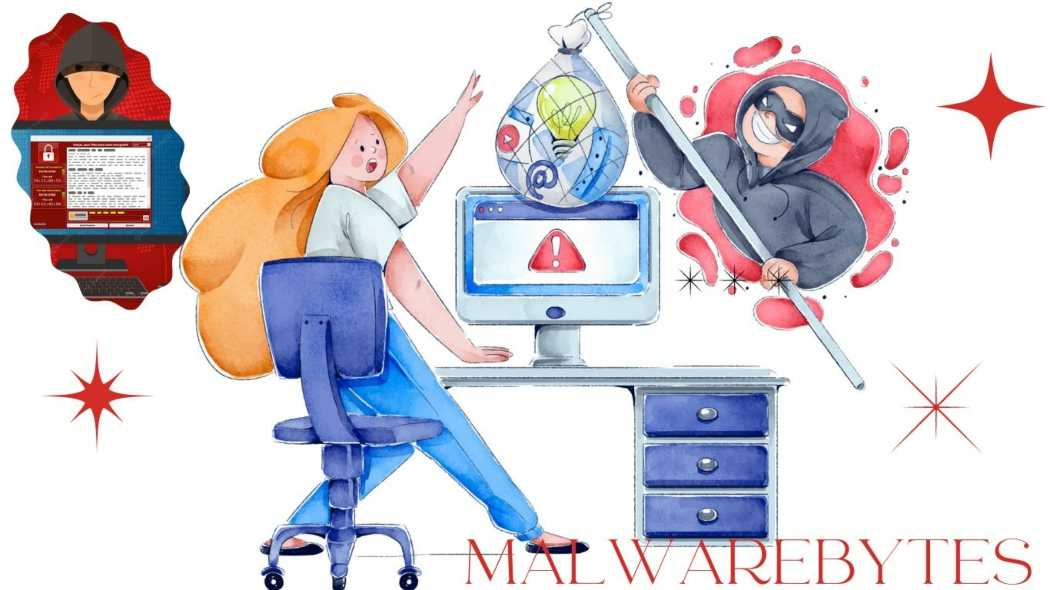Malwarebytes is a safe antivirus facility which is provided through software. With over 40 years of experience in developing software and security solutions. The team at Malwarebytes has developed a unique combination of advanced malware attack prevention and fast response technology that protects organizations from the most demanding threats. Let’s see how you can use this combination to your benefit: Remove malicious files with Malwarebytes antivirus. The first step is to identify which versions of popular software are useful. If there are any suspiciously familiar file names or folder structures within your organization, ensure that they are not installed by the same party. And remove them from computer systems immediately. To do this, provide an audit trail so that Malwarebytes can properly clean up malicious files and folders when they find them. If necessary, it’ll also protect users from anti-malware malware as well as other malware-based attacks.
Once the archives have been removed, analyze the source code of each app and determine if it is still connected to computers. If it contains zero data points regarding what Internet protocol version it was running on. If no connection remains between the app and computers, then remove it from all sites where application installation may have occurred. Similarly, for any apps that came before 2016, check for updates since 2017 to ensure they are still functioning properly. If possible, perform a clean install of all applications in order to reduce risk before installing new ones. Keep reading for more information about removing malicious files with Malwarebytes antivirus and its individual steps:
What is a malicious file?
Malicious files are any files that are malicious, offensive, or otherwise unsuitable for the software they are part of. Malicious files are generally human-created, and will not install when you remove them but are instead left on the computer systems where they were created. Malwarebytes’ anti-malware technology detects and removes malicious files automatically, but it’s not the only solution for this. There are numerous tools and tools from various vendors that can support removing malicious files from computers, but none of them can remove the malicious ones at the same time.
What happens when you remove a malicious file with Malwarebytes?
When you remove a malicious file with Malwarebytes, it gets remove from all computers in your organization. With the removal of a malicious file, all traces of the source and destination computers are gone. It is gone as soon as the computer was plugged in and is not associated with any other computers in your organization.
Once you’ve identified and removed all suspicious files, it’s time to look at the bad ones. After removing the bad ones, it’s time to go back and clean up the good ones.
Get an annual police report on computer activity!
If there are any suspicious new file or folder names or organization structure changes within your organization. You will want to take note of them and make note of them quickly. Malwarebytes’ technology automatically recognizes these changes and traces them back to the source computers. If a user has created a new account on a computer with an old password, or an account set up on a computer that no longer supports it. They’ll be provided with a report with both an old and new password. When a user has used an old password, they’ll be provided with a report with the password and its old state. If they have used an old account, they’ll be provided with a report with the old password, age, and account history.
The final step in removing malicious files with Malwarebytes is to get an annual police report on computer activity. This is helpful so that Malwarebytes can properly clean up malicious files when they find them. If possible, perform a clean installation of all applications. So that malware infections are less likely to appear on new computers.
Also Read: what are DNS servers?

